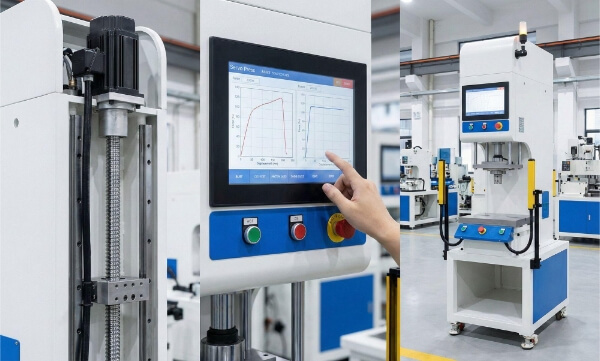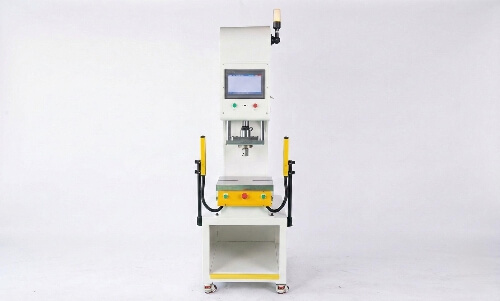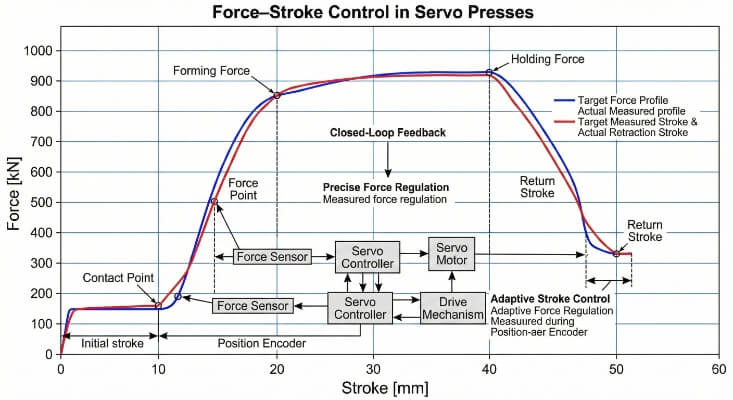Every electrical installation project requires precise planning and proper component selection. We often choose between junction boxes and pull boxes, each serving distinct purposes in electrical systems. Making the correct choice impacts both installation efficiency and long-term system performance.
Want to make the right choice for your next electrical installation? Let’s examine both options, comparing their applications, types, and technical requirements.
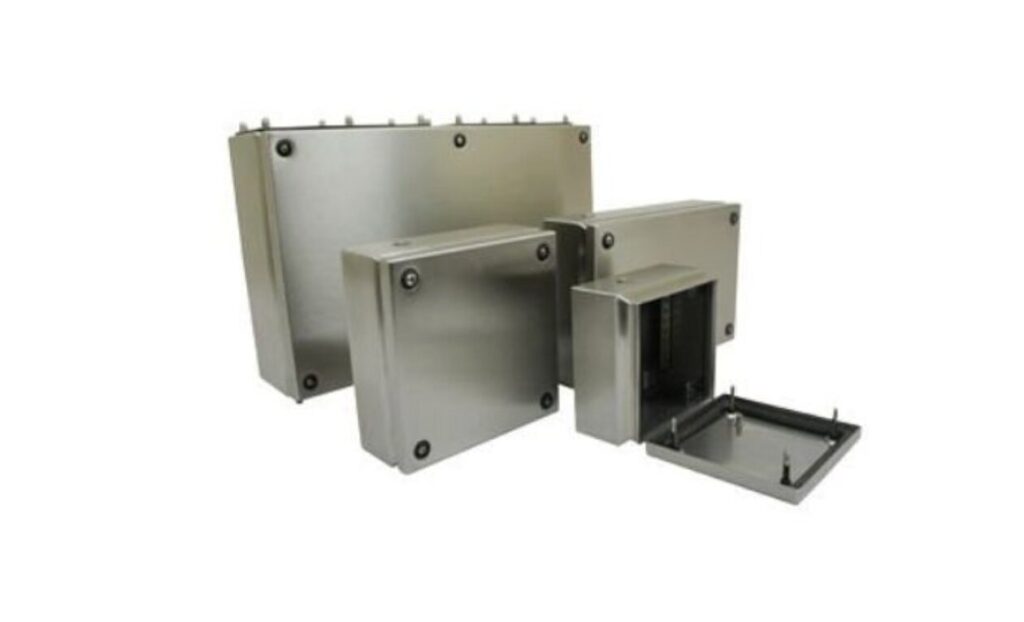
Junction Boxes and Pull Boxes: Critical Differences
Clear technical distinctions exist between junction boxes and pull boxes in electrical systems. These differences affect their applications, installation requirements, and overall project costs. Let’s break down each type to help you make informed decisions.
Definition of a Junction Box
A junction box is an electrical enclosure that houses wire connections, splices, and terminations. It is a central hub where multiple circuits meet and branch out to different parts of your electrical system. These boxes protect the connections from environmental factors and provide maintenance access.
Definition of a Pull Box
A pull box is a metal enclosure installed at strategic points along conduit runs. Its primary role is to create access points for pulling conductors through conduits. Unlike junction boxes, pull boxes don’t typically contain splices or connections – they make wire installation and replacement easier.
Purpose and Function of a Junction Box
Junction boxes create secure points for electrical connections. They:
- House wire splices and connections permanently
- Protect against environmental factors
- Provide access for future maintenance
- Support multiple conduit entries
- Meet specific code requirements for enclosed connections
Purpose and Function of a Pull Box
Pull boxes serve primarily as installation aids. They:
- Create access points for wire pulling
- Reduce cable tension during installation
- Allow direction changes in conduit runs
- Simplify wire replacement
- Support temporary access needs
Types
Different box designs address specific installation needs and environmental conditions. Selecting the proper type impacts system reliability, maintenance access, and installation efficiency. Here’s a detailed breakdown of common variants.
Types of Junction Box
Junction boxes come in various shapes and sizes to accommodate different wiring configurations. Each type serves specific electrical applications and installation scenarios, from light fixtures to power distribution.
Standard Junction Boxes
Standard junction boxes feature a square or rectangular design with multiple knockouts. These boxes offer:
- Standard sizes from 4×4 to 12×12 inches
- Multiple conduit entry points
- Easy mounting options for various surfaces
- Flexibility for different wire combinations
Round Pan Junction Boxes
Round pan boxes specialize in ceiling fixture mounting:
- Built-in fixture support
- Shallow profile design
- Pre-threaded fixture mounting holes
- Ideal for light fixture installations
Octagon Junction Box
Octagon boxes excel in lighting and fan applications:
- Strong support for heavy fixtures
- Multiple angled wire entry points
- Built-in mounting brackets
- Enhanced space for wire connections
Gang Junction Box
Gang boxes accommodate multiple devices:
- Expandable configurations
- Side-by-side device mounting
- Common in switch and outlet installations
- Available in various gang counts
Outdoor Junction Boxes
Weather-resistant boxes protect connections in exposed locations:
- Watertight seals
- Corrosion-resistant materials
- UV-protected construction
- Enhanced durability features
Types of Pull Box
Pull boxes vary in design based on conduit layout and pulling requirements. Each type optimizes wire installation for specific conduit configurations.
Straight Pull Box
Straight pull boxes handle direct conduit runs:
- Aligned entry and exit points
- Minimal cable bending
- Reduced pulling tension
- Simple installation process
Angle Pull Box
Angle pull boxes manage directional changes:
- 90-degree conduit transitions
- Support for vertical-to-horizontal runs
- Reduced wire stress at turns
- Better pull string routing
U-Pull Box
U-pull boxes handle complex conduit paths:
- Multiple direction changes
- Extended pulling space
- Enhanced wire protection
- Suitable for tight spaces
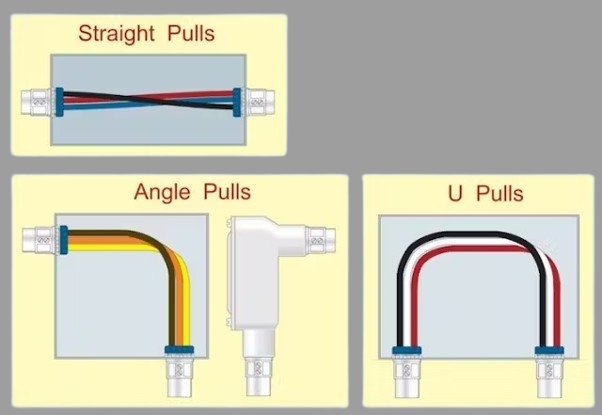
Junction Boxes and Pull Boxes: Material Selection
Proper material selection directly impacts box durability, installation cost, and long-term performance. Each material offers unique benefits that suit different environments and applications in electrical systems.
Material Choices for Junction Boxes
Junction boxes require materials that balance durability with cost-effectiveness. Common materials include:
Metal Options:
- Galvanized steel: Robust and economical
- Stainless steel: Corrosion-resistant, ideal for harsh environments
- Cast iron: Maximum impact resistance
- Aluminum: Lightweight yet durable
Non-Metal Options:
- PVC: Cost-effective, water-resistant
- Fiberglass: High strength-to-weight ratio
- ABS plastic: Impact-resistant, suitable for indoor use
- Polycarbonate: Clear covers available, UV-resistant
Material Choices for Pull Boxes
Pull boxes require materials that withstand installation stress and environmental conditions. Their material selection focuses on strength and wire-pulling compatibility.
Metal Selections:
- Sheet Metal: Standard indoor applications
- Stainless Steel: Harsh environment protection
- Die-Cast Aluminum: Light but durable option
- Hot-Dipped Galvanized: Maximum rust prevention
Non-Metal Options:
- High-Impact PVC: Basic indoor use
- Reinforced Thermoplastic: Moderate duty
- Glass-Reinforced Polyester: Industrial grade
- UV-Stabilized Materials: Outdoor installations
Junction Box Sizing
Sizing junction boxes follows standardized guidelines from NEC 314.16. This section breaks down the straightforward process for conductors ranging from 18 AWG to 6 AWG, eliminating guesswork and complex calculations.
Base Requirements:
- Volume depends on the wire count
- Box fill calculations are not needed
- Standard sizes match typical applications
Key Factors:
- Number of conductors
- Wire gauge sizes
- Device types
- Clamp requirements
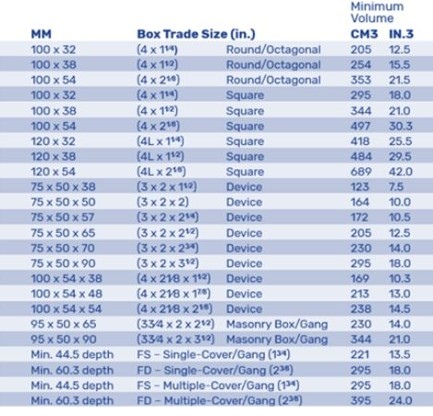
Pull Box Sizing
Pull box dimensions depend on conductor size, quantity, and raceway specifications. For conductors 4 AWG and, more significantly, NEC 314.28 provide specific sizing requirements.
Straight Pulls
Straight pulls require precise length calculations based on conduit size. The calculation process follows this formula:
Basic Rule:
- Minimum length = 8 × largest conduit diameter
- Example: 5″ conduit requires 40″ box length
Additional Considerations:
- Space for bushings
- Locknut clearance
- Wire bend radius
Angle Pulls and U-Pulls
These configurations need extra space for wire bending and pulling tension reduction.
Angle Pull Requirements:
Distance = (6 × largest raceway diameter) + sum of other raceway diameters
Example: With 5″ and two 3″ conduits
Main calculation: (6 × 5″) + (3″ + 3″) = 36″
Separation distances: 30″ for 5″ conduit, 18″ for 3″ conduit
U-Pull Calculations:
- Similar to angle pulls
- Count entry/exit points separately
Example with 5″ conduit:
Basic calculation: (6 × 5″) + 5″ = 35″
Required separation: 30″
Combination Pull Box With Angle And Straight Pulls
Mixed configurations require multiple calculations to ensure adequate space.
Process:
- Calculate straight pull requirements
- Calculate angle pull requirements
- Use larger resulting dimensions
Example with 2″ straight and 3″ angle pulls:
- Straight calculation: 8 × 2″ = 16″
- Angle calculation: (6 × 3″) + 3″ = 21″
- The final size uses 21″ as the minimum
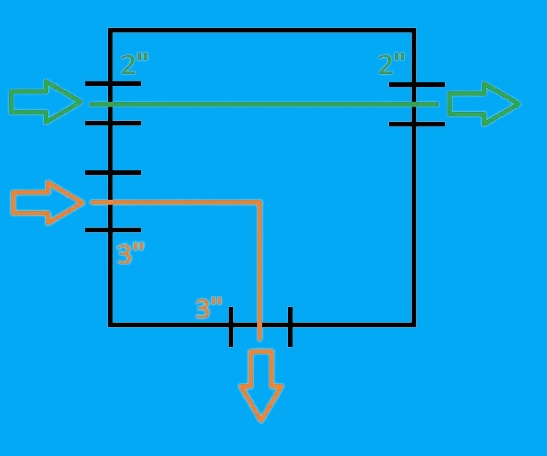
Comparing Junction Box and Pull Box Costs
Cost analysis helps project managers make budget-friendly decisions while meeting technical requirements. The total expense exceeds the box price – installation and maintenance factors play significant roles.
Initial Purchase Costs
Essential junction boxes cost $5 to $30, with specialty boxes reaching $100+. Pull boxes typically run higher, starting at $50 and reaching $500+ for large custom sizes. Material choice drives these base prices – steel offers value, while stainless steel commands premium rates.
Installation Expenses
Junction box installation takes less time, usually 30-60 minutes per unit. Pull boxes demand more planning and labor, often requiring 2-4 hours for proper placement.
Long-term Value
Junction boxes need minimal maintenance, mainly periodic inspection and cleaning. Pull boxes see more wear from wire-pulling operations and may need replacement every 8-10 years in high-use scenarios.
Choosing Between a Junction Box and a Pull Box
Project success often hinges on selecting the right box type. Your choice affects installation speed, maintenance access, and system reliability.
When to Use a Junction Box Over a Pull Box
Junction boxes work best in scenarios where wire connections or circuit terminations are needed. These boxes excel in residential and light commercial settings where frequent circuit modifications occur. Pick a junction box when running multiple branch circuits from a single power source, mounting light fixtures, or creating switch points.
When to Use a Pull Box Over a Junction Box
Pull boxes prove their worth in long conduit runs, typically exceeding 100 feet or containing multiple bends. Choose pull boxes for large commercial or industrial installations with extensive wire pulls through conduit systems. These boxes make wire replacement easier and reduce cable stress during installation.
Conclusion
The choice between junction and pull boxes impacts installation efficiency and long-term system performance. Each type serves distinct purposes in electrical installations, and proper selection streamlines maintenance while ensuring code compliance. By matching box types to your specific needs, you’ll create safer, more serviceable electrical systems that stand the test of time.
Ready to enhance your electrical installations with the right box choices? Our engineering team brings decades of sheet metal expertise to your project. Contact us by email today; we’re ready to work with you.
FAQs
What is the main difference between a junction box and a pull box?
Junction boxes primarily house wire connections and splices, acting as connection points for circuit branches. Pull boxes create access points in conduit runs to help pull wires through – they don’t typically contain wire connections or splices.
Can a pull box be used as a junction box?
While technically possible, using a pull box as a junction box isn’t recommended. Pull boxes lack specific features designed for secure wire connections, and the National Electrical Code (NEC) also has different requirements for boxes where splices occur.
How do I know if my installation requires a junction or pull box?
Consider your primary need. Choose a junction box if you’re connecting wires or creating branch circuits. Select a pull box for long conduit runs where wire pulling might be strenuous.
Hey, I'm Kevin Lee

For the past 10 years, I’ve been immersed in various forms of sheet metal fabrication, sharing cool insights here from my experiences across diverse workshops.
Get in touch

Kevin Lee
I have over ten years of professional experience in sheet metal fabrication, specializing in laser cutting, bending, welding, and surface treatment techniques. As the Technical Director at Shengen, I am committed to solving complex manufacturing challenges and driving innovation and quality in each project.

